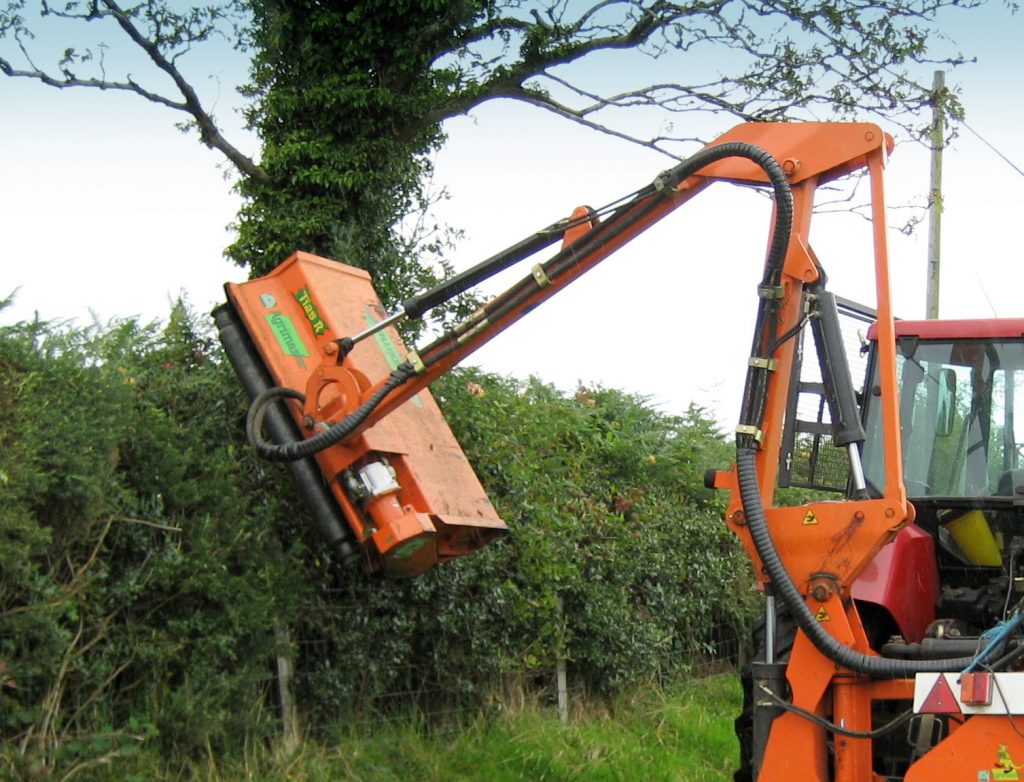Hedge Cutting Dates Reminder
July 9, 2020
Robert Beggs, Sustainable Land Management Branch, CAFRE
Hedgerows are a characteristic feature of our landscape and in Northern Ireland we have the highest density of field boundaries in the UK. They are an incredible asset to farms, attractive in the landscape and are an important part of our heritage. At this time of year hedges are busy places with birds in nests incubating eggs or raising their recently hatched young.
Under DAERA Cross-Compliance rules hedge, tree or scrub cutting (including trimming and laying) is not permitted during the bird nesting season between 1 March and 31 August. This means that all scrub cutting, hedge cutting, laying and coppicing operations must have ceased on 28 February. This is to avoid damaging birds, their nests and eggs which can be considered a criminal offence under Wildlife (NI) Order 1985 as amended.

Roadside Hedges
If you own or occupy land next to a public road or footway you are responsible for maintaining hedges and trees to ensure that they do not obstruct the movement of vehicles and pedestrians or block the view of drivers. Traffic signs must not be obstructed nor the safety or convenience of road users affected. If this occurs you can be notified by the PSNI or DfI Roads to trim the hedges in question. Full details of your responsibilities are listed here.
In most cases roadside hedges should be cut in February. Cutting any hedge from the 1 March to the 31 August can be considered a cross compliance breach and can lead to penalties unless the operation is required for the health and safety of road users. If the hedges are not causing an obstruction to movement or view then they should not be cut in the closed period.
If you need to cut during the closed period in order to comply with the legislation you should ensure you have clear evidence for doing so and that you can comply with the
Code of Practice for Safety at Street Works and Road Works. The code of practice is available here.
You must also make a careful check for nesting birds and chicks, mark and avoid any possible nest sites and then proceed with caution.
Do not cut the ‘field’ side of the hedge – only cut the side which faces the road and only the minimum length required to allow unrestricted movement of vehicles and pedestrians. Hedge tops should only be cut where a view is obstructed at a junction or corner. Remember to clear hedge trimmings from footpaths and roads as they can cause a hazard to pedestrians and road users.
For further information contact your local CAFRE Agri-Environment adviser on 0300 200 7842 or daera.helpline@daera-ni.gov.uk
